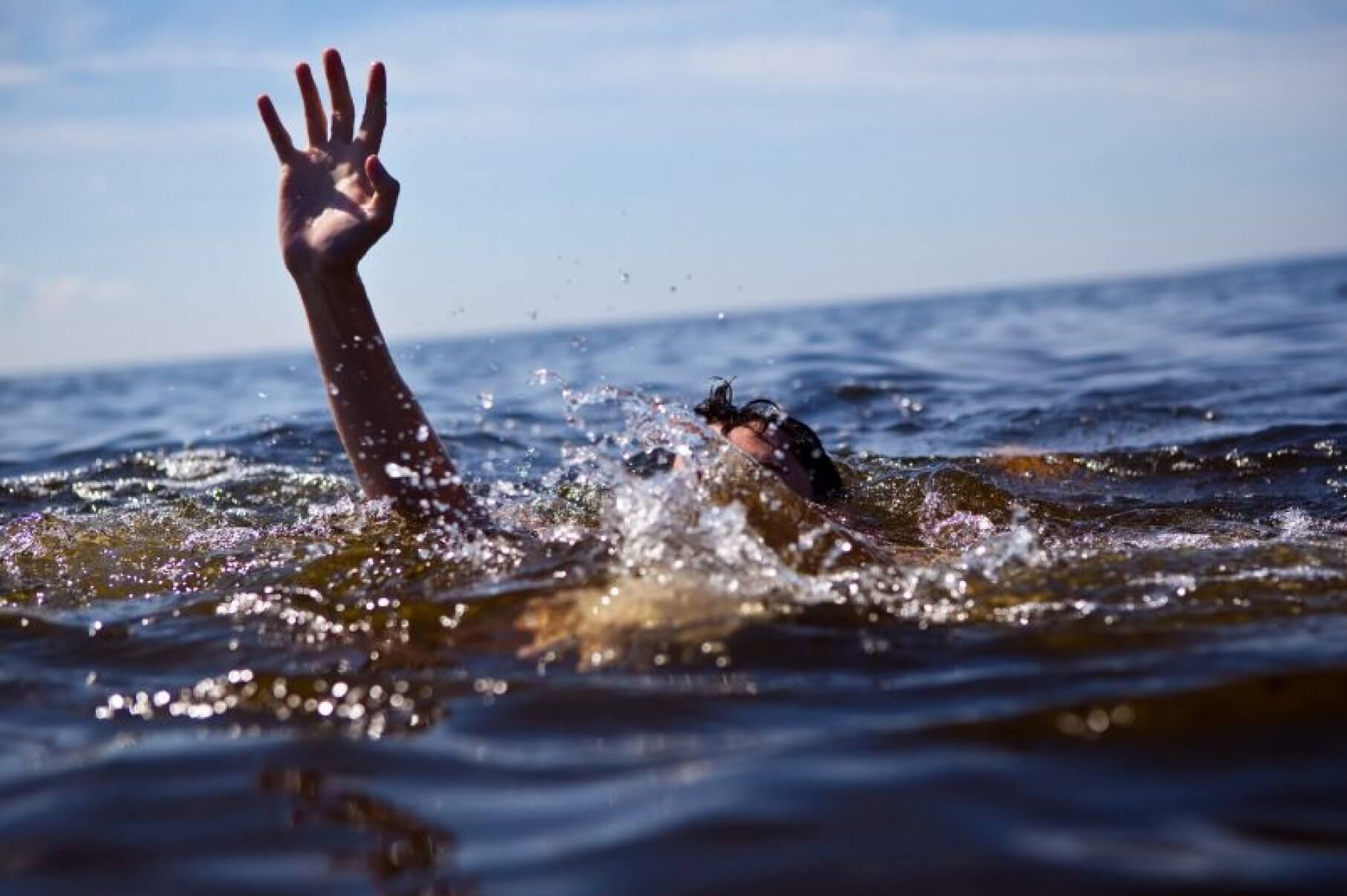
Emergency interventions: the 4 stages preceding death by drowning
Tragedies in the daily news, the drowning of dozens of human beings being among them, see rescuers on the front line and committed to saving lives. We have thought of explaining in detail some medical aspects of what happens, in the hope that it will be information of some use
RESCUERS’ RADIO IN THE WORLD? VISIT THE EMS RADIO BOOTH AT EMERGENCY EXPO
What causes drowning?
Drowning in medicine refers to a form of acute asphyxia caused by a mechanical cause external to the body, brought about by the fact that the pulmonary alveolar space – normally occupied by gas – is progressively occupied by a liquid (e.g. salt water in the case of drowning at sea or chlorinated water in the case of drowning in a swimming pool).
The cause of death in a drowning is hypoxaemia leading to acute hypoxia, which results in impaired function especially in the brain and myocardium with loss of consciousness, right heart failure and cardiac arrest.
Simultaneously, hypercapnia (increased carbon dioxide concentration in the blood) and metabolic acidosis occur.
Hypoxemia is in turn caused by the entry of water into the lungs and/or laryngospasm (closure of the epiglottis, which prevents water but also air from entering).
The four phases that predict death by drowning
Death by drowning is preceded by four stages or phases:
1) Stage or phase of surprise: lasts a few seconds and is characterised by rapid inhalation, as deep as possible, before the individual goes underwater.
It also occurs:
- tachypnoea (increased respiratory rate);
- tachycardia;
- arterial hypotension (‘low blood pressure’);
- cyanosis (bluish skin);
- miosis (narrowing of the pupil diameter of the eye).
2) Resistance stage or phase: lasts about 2 minutes and is characterised by initial apnoea, during which the individual prevents fluid from entering the lungs by exhaling and becomes agitated while trying to resurface, typically by stretching their hands above their head in the direction of the water surface.
During this phase, the following occur progressively:
- apnoea;
- panic;
- rapid movements in an attempt to resurface;
- hypercapnia;
- high blood pressure;
- high release of adrenaline into the circulation;
- tachycardia;
- obnubilation of consciousness;
- cerebral hypoxia;
- convulsions;
- reduced motor reflexes;
- sensory alteration;
- sphincter release (faeces and/or urine may be involuntarily released).
When the subject runs out of air in the lungs by breathing, water penetrates along the airways causing apnoea caused by closure of the epiglottis (laryngospasm), a reaction designed to protect the respiratory system from water but which also prevents the passage of air.
Hypoxia and hypercapnia subsequently stimulate the nerve centres in order to restart breathing: this leads to a sudden opening of the glottis with the consequent entry of a considerable amount of water into the lungs, obstruction of gas exchange, alteration of surfactant, alveolar collapse and development of atelectasis and shunts.
3) Apnoeic or ‘apparent death’ stage or phase: lasts about 2 minutes, in which attempts to resurface, in vain, are reduced until the subject remains motionless.
This stage is progressively characterised by:
- definitive cessation of breathing
- miosis (pupil constriction);
- loss of consciousness;
- muscle relaxation;
- severe bradycardia (slow and weak heartbeat);
- coma.
4) Terminal or ‘gasping’ stage: lasts about 1 minute and is characterised by:
- continued loss of consciousness
- severe cardiac arrhythmia;
- cardiac arrest;
- death.
The anoxia, acidosis and electrolyte and haemodynamic imbalances resulting from asphyxia lead to rhythm disturbances up to cardiac arrest and death.
Read Also
Emergency Live Even More…Live: Download The New Free App Of Your Newspaper For IOS And Android
Drowning Resuscitation For Surfers
ERC 2018 – Nefeli Saves Lives In Greece
First Aid In Drowning Children, New Intervention Modality Suggestion
Water Rescue Dogs: How Are They Trained?
Drowning Prevention And Water Rescue: The Rip Current
Water Rescue: Drowning First Aid, Diving Injuries
RLSS UK Deploys Innovative Technologies And The Use Of Drones To Support Water Rescues / VIDEO
Summer And High Temperatures: Dehydration In Paramedics And First Responders
First Aid: Initial And Hospital Treatment Of Drowning Victims
First Aid For Dehydration: Knowing How To Respond To A Situation Not Necessarily Related To The Heat
Children At Risk Of Heat-Related Illnesses In Hot Weather: Here’s What To Do
Summer Heat And Thrombosis: Risks And Prevention
Dry And Secondary Drowning: Meaning, Symptoms And Prevention
Drowning In Salt Water Or Swimming Pool: Treatment And First Aid
Water Rescue: Drone Saves 14-Year-Old Boy From Drowning In Valencia, Spain


